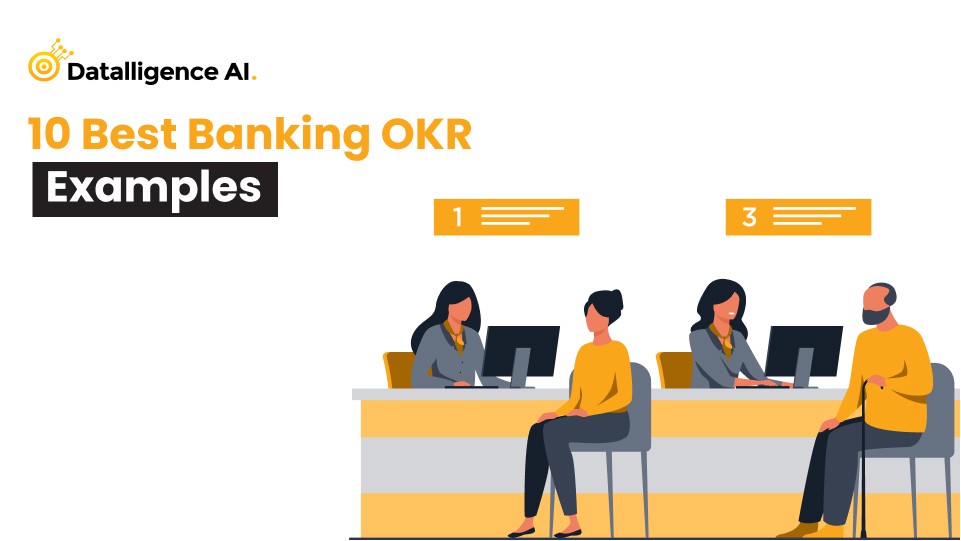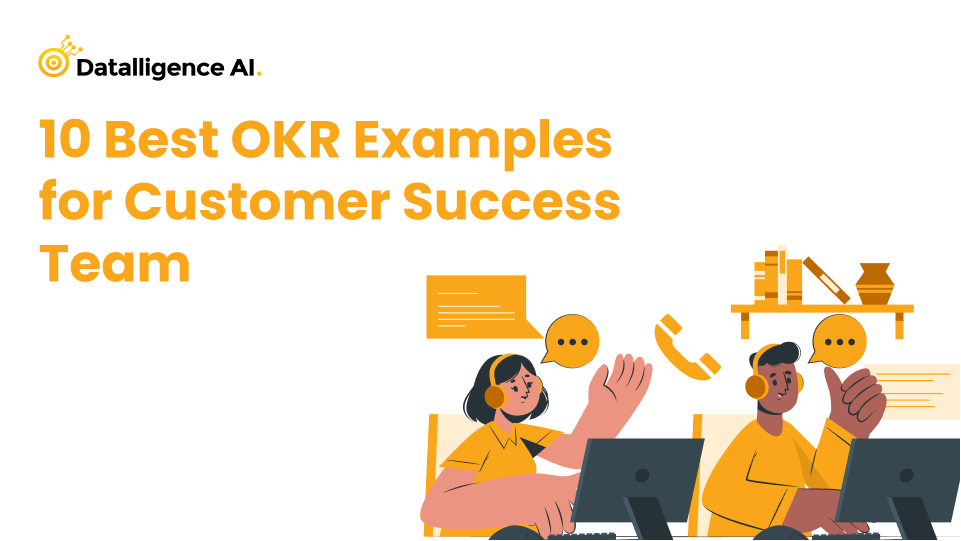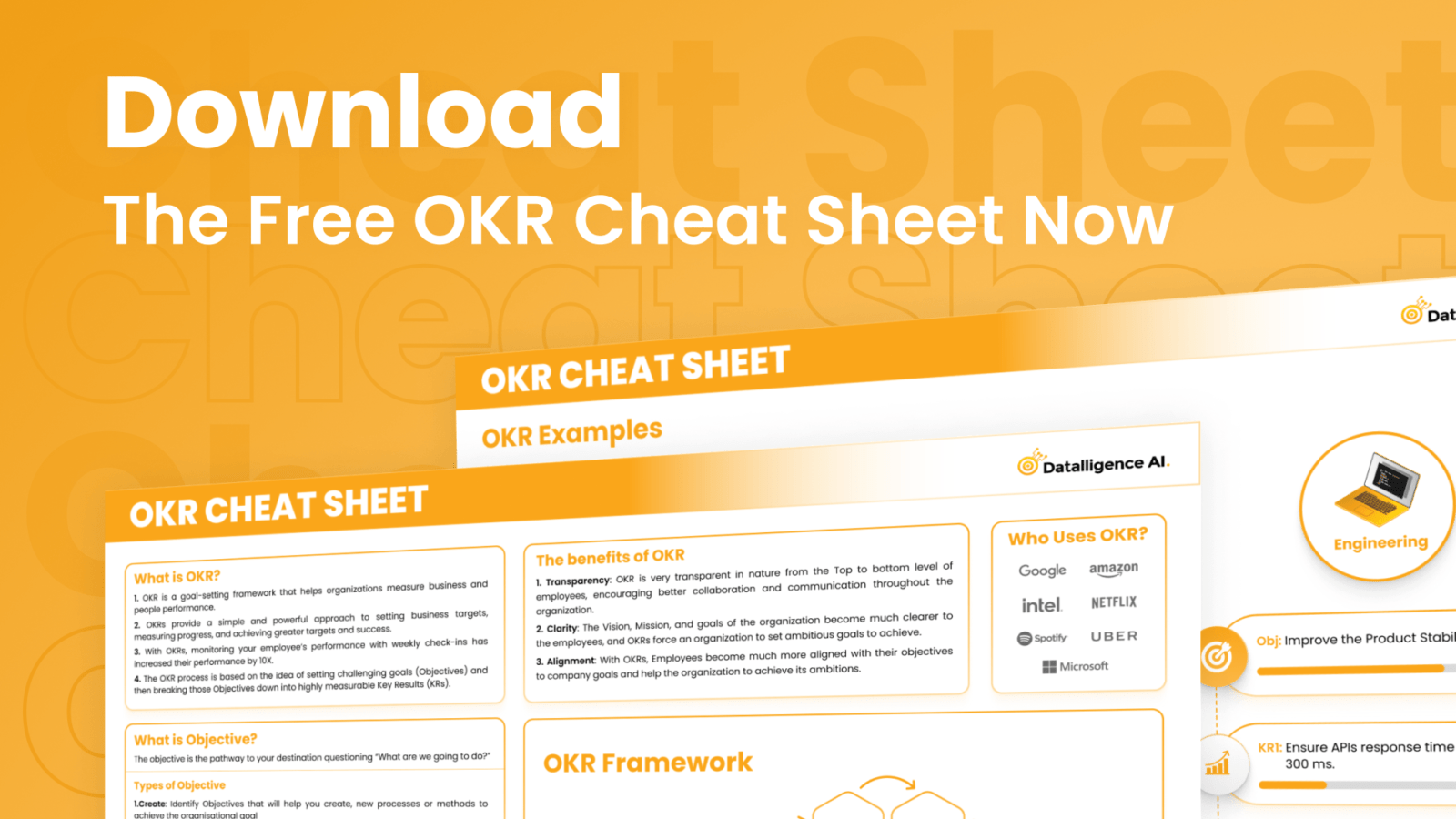As more organizations turn to Objectives and Key Results (OKRs) to drive strategy, industry leaders like Google, Intel, and LinkedIn show just how powerful this method can be for uniting teams and fueling results. If you’re ready to make OKRs part of your company’s DNA, choosing the right OKR software is one of your first and most important steps.
With so many tools on the market, finding one that truly fits your goals can feel overwhelming. That’s why this guide is here: to walk you through the key things to look for, so you can confidently select OKR software that fits your organization perfectly and supports your path to success
Understanding OKR Management Platforms
Before you start looking for the right OKR software, it’s important to get a clear picture of what an OKR management platform really is. Many teams begin by tracking their objectives and key results in simple spreadsheets—but as your company grows, these tools can quickly become limiting.
Dedicated OKR software does much more than help you set goals and measure outcomes. It makes it easy for teams to check their progress, collaborate in real time, and keep everyone on the same page. With the right platform, you can streamline the entire goal-setting process, boost productivity, and make communication and alignment part of your everyday workflow.
When you choose the right OKR software, it serves as a unified hub for managing OKRs, ensuring alignment, and promoting effective performance evaluation.
Factors to Consider when Choosing an OKR Software
Navigating the vast realm of OKR software can be overwhelming. As each platform offers distinct features, it’s imperative to pinpoint what truly matters for your organization. Here are key considerations to ensure your chosen software aligns seamlessly with your strategic ambitions.
User-Friendliness
The quality of user experience is paramount when selecting OKR software. Look for software that offers a simple, clean interface that is easy to navigate and use. The software should be intuitive, even for users with limited technological proficiency. Consider the responsiveness of the design and the availability of clear instructions. Additionally, assess the level of customer support provided by the software developers.
Size of the Business
The size of your organization plays a crucial role in selecting the right OKR software. Consider the number of users who will utilize the software and the potential for future growth. Choose a software that can scale with your organization’s needs. This ensures that the software can accommodate your current team size and handle future expansion.
Business Goals
Every organization has unique goals and objectives when implementing OKRs. It’s important to choose software that aligns with your specific business needs. Assess the key benefits you aim to achieve through OKR implementation and determine the time frame for accomplishing these goals. Consider the challenges you plan to address with the OKR software. Understanding your requirements will help you streamline the selection process.
Coaching
While the OKR framework is popular, organizations may lack knowledge of best practices and tools. Proper execution and utilization of the OKR software are essential for success. Look for software that offers coaching or guidance from experts. This ensures that you have a thorough understanding of the framework and can leverage it effectively. Coaching becomes particularly important if you’re implementing OKR tracking software for the first time.
Integration
Integration with existing tools is crucial for maximizing the potential of your OKR software. Consider the applications used by different departments within your organization and choose a software that offers seamless integration. This allows team members to link their efforts to the overall business strategy and results. Additionally, ensure that the OKR software integrates well with your organization’s performance management tools.
Pricing
While pricing is an important consideration, it should not be the sole determinant when choosing an OKR software. Transparent pricing without hidden charges is crucial. However, also consider the value the software offers about its price. Assess the features and functions that align with your budget and organizational needs.
Take advantage of free trial versions to evaluate the software before committing.
Data Protection
Data protection is a critical aspect of any software solution. Ensure that the OKR software complies with major data protection and GDPR guidelines. As the software becomes an integral part of your organization, it will involve sharing sensitive organizational information. It’s essential to prioritize data confidentiality and protection to prevent data breaches.
Best Practices for Implementing OKR Software
Implementing OKR software requires careful planning and execution. Here are some best practices to ensure a successful implementation:
1. Clear Communication
Purpose: Every change, especially technological, can be daunting for employees. Communicating clearly not only bridges understanding gaps but also addresses apprehensions.
Benefits: Transparent communication fosters trust, making employees more receptive to the new software. When everyone understands the “why” and “how” behind the OKR software, they are more likely to engage actively.
Action: Host interactive sessions, disseminate user-friendly guides, and create a feedback loop where team members can voice concerns or seek clarity.
2. Goal Alignment
Purpose: In the vast landscape of company objectives, it’s essential to ensure every department’s goals cohesively tie back to the organization’s overarching mission.
Benefits: This alignment prevents silos and ensures collective effort. When teams see how their goals fit into the bigger picture, there’s enhanced motivation and a sense of purpose.
Action: Organize workshops where teams can collaboratively set their OKRs, ensuring that they align with company objectives. Use visual tools like flowcharts to illustrate the connection between individual, team, and company goals.
3. Regular Check-ins
Purpose: Continual assessment ensures that the teams remain on track, and any deviations from the set path are promptly addressed.
Benefits: Regular reviews keep the momentum going. They provide opportunities to celebrate small wins, learn from setbacks, and recalibrate if necessary. This agility is crucial in today’s fast-paced business environment.
Action: Implement bi-weekly or monthly review sessions. Use these meetings not just to assess numerical progress but also to discuss challenges, brainstorm solutions, and share insights.
4. Training and Support
Purpose: Merely introducing software doesn’t guarantee its effective utilization. Employees need to feel equipped to use it confidently.
Benefits: Comprehensive training ensures smoother transition periods, reduces errors, and maximizes the software’s potential. A well-trained team can leverage the software’s features to their fullest extent, driving better results.
Action: Offer hands-on training sessions, create tutorial videos, and establish a dedicated helpline or chat support for real-time assistance.
5. Performance Evaluation
Purpose: The data gathered through OKR software isn’t just numbers; it’s a reflection of the team’s hard work, challenges, and achievements.
Benefits: Evaluating performance using this data ensures objective feedback. It fosters a culture where effort is recognized, motivating teams to push boundaries. It also helps identify areas needing intervention, ensuring continuous improvement.
Action: Incorporate a robust feedback mechanism. Celebrate milestones, provide constructive critiques, and use insights to strategize future objectives.
Conclusion
Selecting the right OKR software for your organization is crucial for effective goal-setting and performance management. Consider factors such as user-friendliness, the size of your organization, business goals, coaching and support, integration capabilities, pricing, and data protection. Implement best practices such as clear communication, goal alignment, regular check-ins, training and support, and performance evaluation. By following these guidelines, you can choose an OKR software that aligns with your organization’s needs and drives success.
Remember, implementing OKRs is a continuous journey of improvement. Choose software that allows for flexibility and growth, enabling your organization to adapt and thrive in an ever-changing business landscape.
For a tailored recommendation and deeper insights into making the right choice, don’t hesitate to talk to our expert coaches. They’re here to guide you every step of the way.













